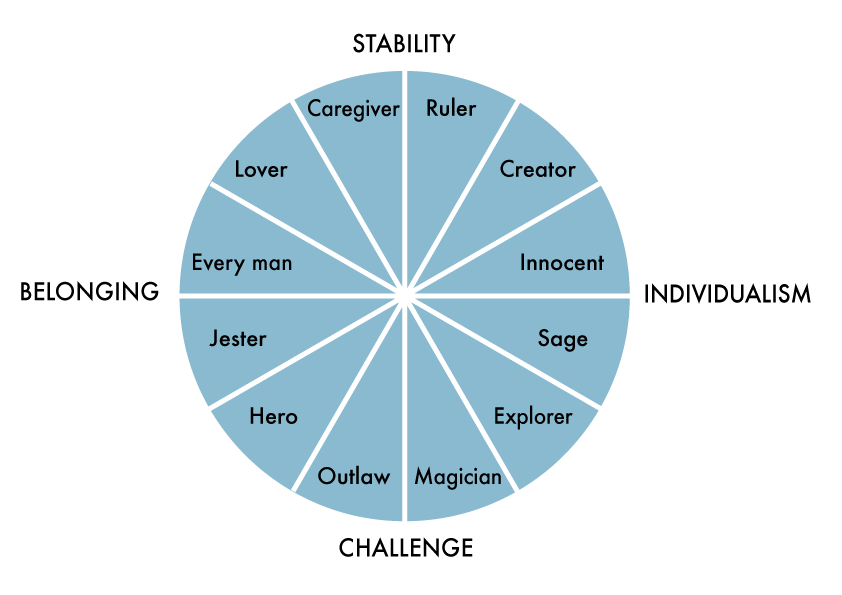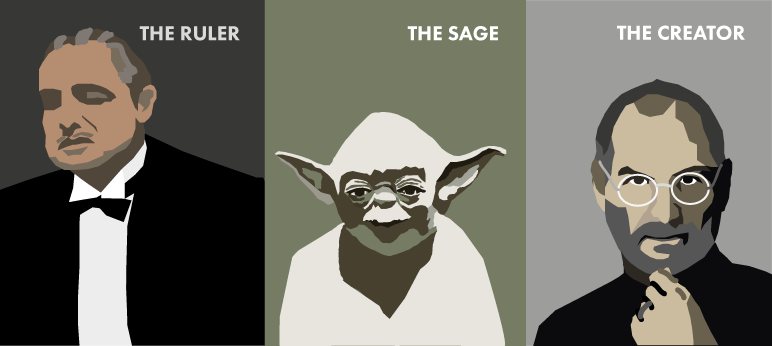Picture this: a room full of marketing managers are discussing the launch of a new product. The have studied their demographics, they have the results of test panels and market research in their hands. They have formulated personas and thought up a bunch of preconceptions about who is going to buy this. And still they have no idea if their strategy will work. Why? Because a product doesn’t choose it’s customers. It’s the other way around.
 Pieces of advertising
Pieces of advertising
Customers choose services and products and there is an increasing insight in how this mechanism works. People have two ways in which they manifest choice, let’s say a supermarket. The first process is rational. People look and compare prices and think of recommendations from others. Pieces of advertising, a picture, a slogan, a jingle will spring to mind. This makes only for a small part in the decision making process.
Gut feeling
The biggest part happens emotionally. Buyers simply have a gut feeling about which brands they prefer and which they don’t. They will never be in that supermarket isle thinking: “is this targeted at me?” No, they will think: “do I like this or not?” A supermarket experience is a lot like speed dating. You browse past the products and go: no, no, maybe, no, yes and no.
Meaning is managed
When is a product liked? It’s because it has added value, because it takes a stand and people can relate to it. This gut feeling is where content marketing and brand archetypes come into play. Content marketing is a very effective way to get a story across, to grab the consumers attention. Brand archetypes tap into the innate human ability to estimate values and to manage meaning. The human brain processes brands in a similar way it perceives people. In this way brands represent an subconscious set of identities and intentions. The buying process is what consumers do with the relationship to these identities and intentions. They either take products home with them, of leave them behind.
Collective unconscious
It’s a good idea to combine the insights out of the field of neuro marketing and combine them with the ancient art of storytelling. All the stories on earth are told by just twelve characters. This is something that Carl Jung, the founding father of modern psychology, taught us. He is the creator of the term archetype, to which he referred as fixed characters that visited the dreams of his patients. He thought archetypes were part of our collective unconsciousness. A theory modern day evolutionary psychologist are really into. Great marketing minds, such as Carol Pearson transformed them to the brand archetypes that we know today.
Who are you?

These twelve brand archetypes are a strong foundation for content marketing. Each archetype represents meaning and evokes an emotional response. They answer very basic questions, like: who are you? What is your intention? And what is it you have to tell? The archetypes are: the Ruler, the Caregiver, the Lover, the Everyman, the Jester, the Hero, the Outlaw, the Magician, the Explorer, the Sage, the Innocent and the Creator.
Pick or combine
Archetypes are what a room full of marketing managers should be talking about. The make for a great case of ‘Purposeful Positioning’. Which one will they pick (or combine)? What value is prominent? What meaning does it represent? What intention is featured? And will there be enough people that can relate to it?
Stay tuned, folks!
In the weeks to come The Big Story will publish twelve feature blogs about the different archetypes, determining meaning and showing examples of good use.
